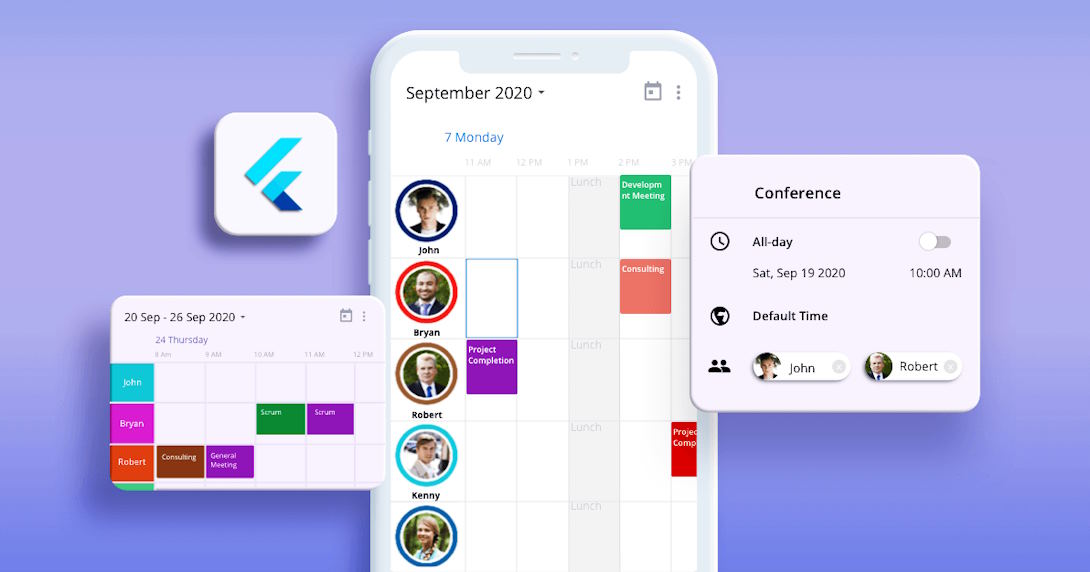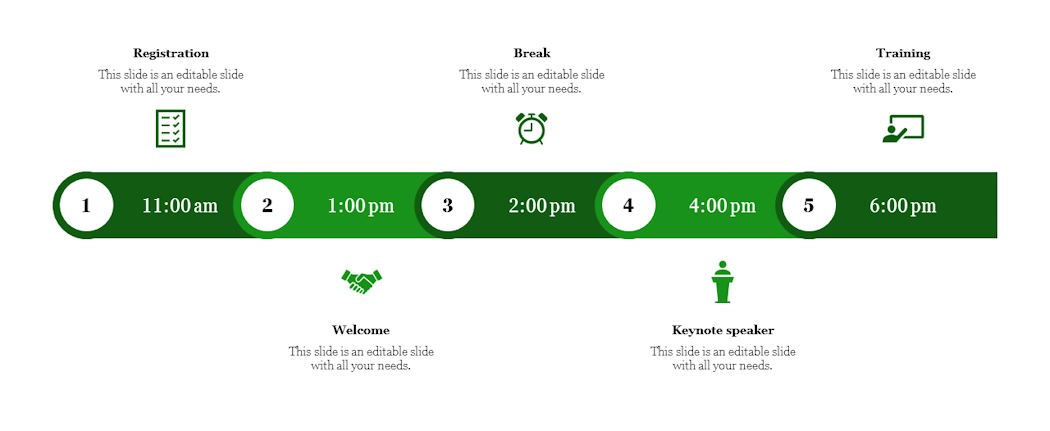Creating a Seamless Event Timeline

Events, whether corporate conferences, weddings, or community gatherings, require meticulous planning to ensure they run smoothly from start to finish. One of the key elements in achieving this is creating a seamless event timeline.
Pre-Event Planning
Before diving into the specifics of creating a timeline, it’s essential to lay the groundwork through comprehensive pre-event planning.
- Setting Objectives and Goals
The first step in creating a seamless event timeline is defining clear objectives and goals. Whether the aim is to educate, entertain, or raise funds, clearly articulated goals provide direction and focus throughout the planning process.
- Establishing a Budget
Budgeting is another critical aspect of pre-event planning. By determining the financial resources available and allocating them strategically, organizers can ensure that expenses are kept in check and that funds are allocated where they will have the most significant impact.
- Choosing the Right Date and Venue
Selecting an appropriate date and venue is key to the success of any event. Factors to consider include the availability of key participants, the seasonality of the event, and the accessibility of the venue. Once these factors are taken into account, organizers can proceed with confidence knowing that the logistical foundations are in place.

Creating a Detailed Schedule
With the pre-event planning phase complete, it’s time to dive into the nitty-gritty of creating a detailed schedule.
- Breaking Down the Event into Phases
A well-structured event timeline is divided into distinct phases, each with its own set of activities and objectives. Common phases include setup, registration, presentations or performances, networking sessions, and teardown. By breaking the event down into manageable chunks, organizers can ensure that no detail is overlooked.
- Allocating Time for Each Phase
Once the phases are defined, it’s essential to allocate time for each one based on its relative importance and complexity. This ensures that ample time is allotted for critical activities while preventing unnecessary delays that can throw off the entire schedule.
- Identifying Key Milestones
Within each phase, key milestones serve as checkpoints to gauge progress and keep the event on track. These milestones may include the start and end times of presentations, the opening and closing of exhibitor booths, and breaks for meals or refreshments. By identifying these milestones in advance, organizers can maintain momentum and adapt to any deviations from the plan.

Coordination with Stakeholders
Effective communication and collaboration with stakeholders are essential for executing a seamless event timeline.
- Assigning Roles and Responsibilities to Team Members
Within the organizing team, assigning clear roles and responsibilities is essential for smooth execution. Each team member should understand their duties and be empowered to make decisions within their area of expertise. Regular check-ins and meetings help keep everyone accountable and informed.
- Conducting Regular Check-Ins and Meetings
Throughout the planning process, regular check-ins and meetings with stakeholders help keep the lines of communication open and address any issues or concerns promptly. These meetings provide an opportunity to review progress, troubleshoot problems, and make adjustments to the timeline as needed.
Flexibility and Contingency Plans
While a well-defined timeline provides structure and guidance, it’s essential to build in flexibility and contingency plans to accommodate unforeseen circumstances.
- Anticipating Potential Challenges
No event is without its challenges, whether it’s technical issues, inclement weather, or last-minute cancellations. By anticipating potential challenges in advance, organizers can develop contingency plans to mitigate their impact and keep the event running smoothly.
- Building Flexibility into the Timeline
Flexibility is key when it comes to event planning. Whether it’s allowing extra time between activities for unforeseen delays or having backup options for outdoor events in case of rain, building flexibility into the timeline ensures that organizers can adapt to changing circumstances without derailing the entire event.
- Having Backup Plans in Place
In addition to flexibility, having backup plans in place provides an extra layer of security against potential disruptions. This might include having backup equipment on hand, securing alternative indoor venues for outdoor events, or establishing protocols for communicating changes to attendees in real-time.

